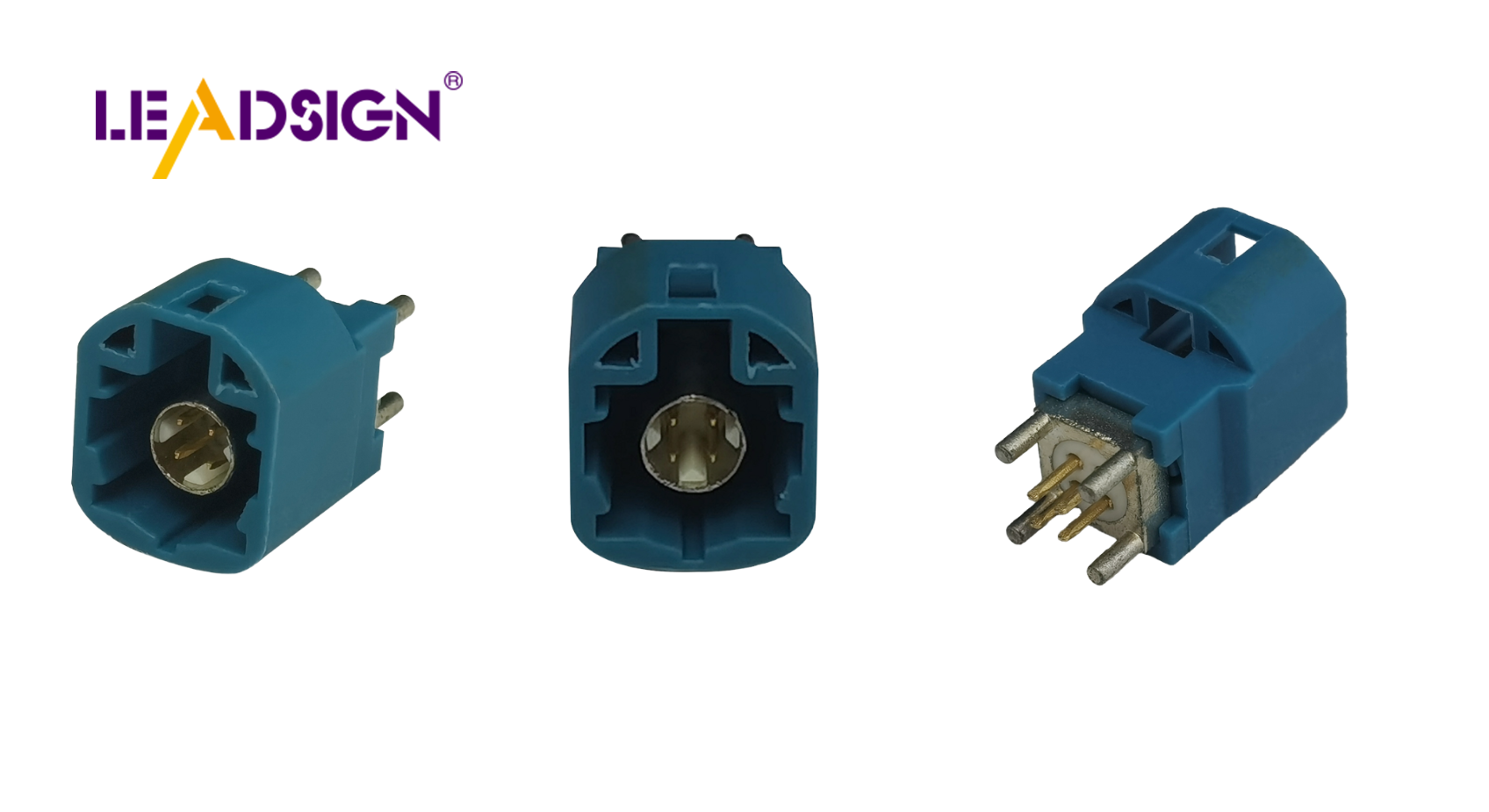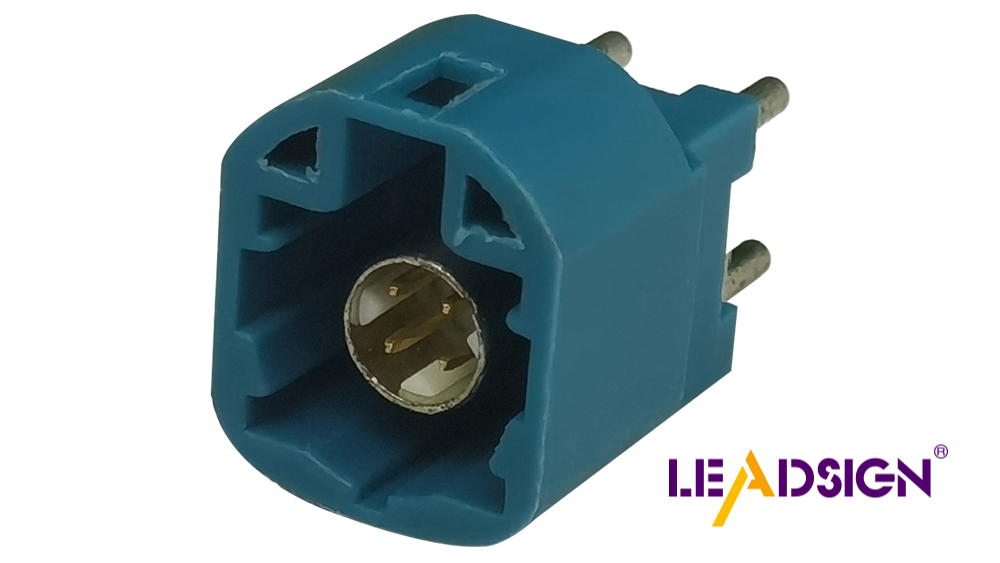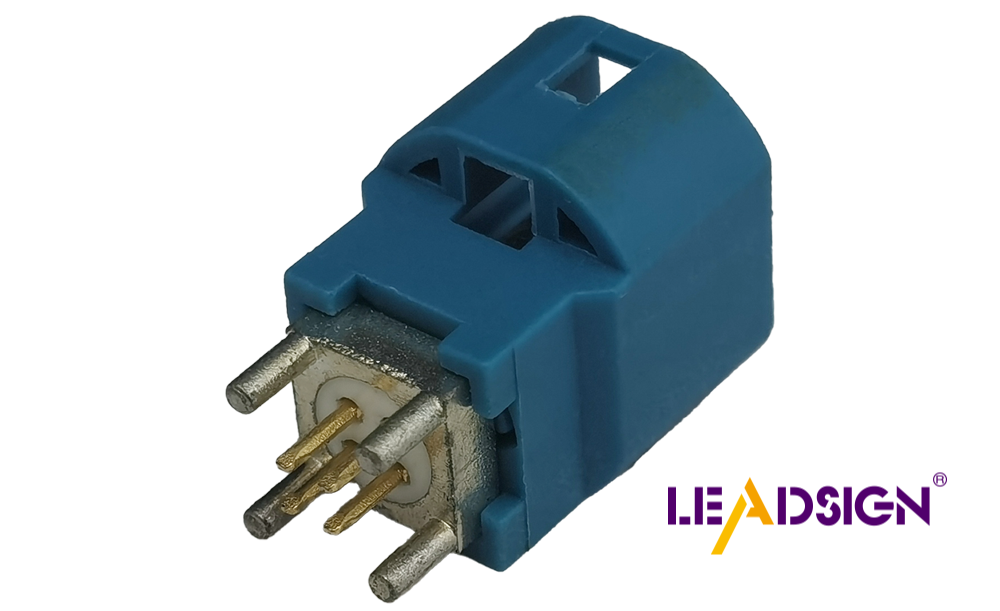Automotive Wire Connectors Types: A Comprehensive Overview

Automotive wire connectors are crucial in vehicles, ensuring the electrical systems operate safely. These connectors join various components, maintaining the integrity of your car's wiring. This impacts both safety and performance. Understanding automotive wire connectors types helps you appreciate their importance in keeping your car running smoothly.
Basics of Automotive Wire Connectors
What are wire connectors?
Wire connectors are important parts in cars. They link wires to keep connections stable. Think of them like glue for your car's electrical system. Without them, electricity would stop flowing and cause problems.
How do they work in cars?
In cars, wire connectors help send electric signals between parts. They make sure power goes everywhere it needs to, like to lights or the engine control unit. By keeping connections secure, they stop shorts and help your car run well.
Importance in Car Systems
Keeping electricity safe
Wire connectors keep your car safe by stopping loose connections. Loose wires can cause fires or other problems. Good connectors lower the chance of accidents from electrical issues.
Boosting car performance
Working wire connectors improve how your car runs. They ensure all parts get the power needed. This means better fuel use, smoother driving, and more reliability. Knowing this helps you see their role in making your car perform well.
Historical Evolution of Wire Connectors
Early Developments
First designs and materials
Long ago, car wire connectors were simple but important. They were made from copper and brass. These metals helped electricity flow well. The first connectors were plain and focused on working right. These early designs helped create better connectors later.
Changes in the car industry
As cars got better, so did wire connectors. Simple designs became more complex ones. Makers used stronger materials to make them last longer. This change made cars work better and be more dependable. Today’s cars need these improved connectors for their fancy systems.
Modern Innovations
New materials and technology
Now, wire connectors are much improved. New materials make them work better. Strong plastics and metals resist heat and rust. These changes keep your car's electric parts working well. You see how these updates make your car more reliable.
Effect on car design
Modern wire connectors change how cars are built. They help add cool features like music systems and safety tools. These connectors let different parts talk to each other easily. Because of this, you have a safer ride with more gadgets in your car today.
Types of Automotive Wire Connectors

Knowing different wire connectors helps pick the right one. Each type has special features and ways to install. Let's look at some common ones.
Crimp Connectors
Features and uses
Crimp connectors are often used in cars. They hold wires tightly by squeezing them together. People like them because they are strong and let electricity flow well. They work great where there is shaking, like in cars.
Installation techniques
To put on crimp connectors, you need a tool. First, take off the wire cover to see the metal inside. Put the wire into the connector. Use the tool to squeeze it tight around the wire. Make sure it's snug so wires don't come loose. This way makes a strong connection that lasts.
Solder Connectors
Features and uses
Solder connectors join wires forever. Use them for very strong links. You melt solder around wires and it hardens to keep them together well. These are good when you need things to stay connected no matter what.
Installation techniques
For soldering, use a hot iron and solder material. Start by taking off wire covers at ends. Twist wires if needed before joining them with heat from iron and melted solder. Let it cool down to stick firmly together.
Pigtail Connectors
Features and uses
Pigtail connectors are easy to use for many wires at once. They help connect or split wires in cars easily.
Installation techniques
To use pigtail connectors, remove wire covers first then twist if needed before putting into connector piece; tighten using either twisting method or crimping tool until secure enough not move around anymore.
Terminal Blocks
Features and uses
Terminal blocks join many wires safely. They are used in cars to organize wires well. You can connect wires without cutting or melting them. This is helpful for different wire sizes or types. Terminal blocks keep wiring neat, which helps fix problems easily.
Installation techniques
To install terminal blocks, follow simple steps. First, remove the plastic cover from wire ends. Put each wire into a slot on the block. Tighten screws with a screwdriver to hold wires tight. Make sure no wire is loose for a strong connection.
Bullet Connectors
Features and uses
Bullet connectors are easy to use in cars. They let you quickly connect and disconnect parts. These connectors have two parts that fit together tightly. Use them for lights or other car gadgets.
Installation techniques
For bullet connectors, first strip the wire ends. Put the bare wire into the connector and squeeze it with a tool to secure it. Push the two connector parts together until they click.
Scotch Locks
Features and uses
Scotch Locks let you add new wires without cutting old ones. They help when adding new parts to your car's system.
Installation techniques
To use Scotch Locks, place both old and new wires inside the lock. Squeeze with pliers to make a connection through the insulation, then close the cover.
Practical Aspects of Wire Connector Installation

Knowing how to install automotive wire connectors helps make strong connections. This part shows you the tools and steps needed.
Tools and Equipment
Important tools for installation
You need special tools to put in wire connectors. These help make sure connections are strong. Here's what you need:
Wire Strippers: Use these to take off wire covers without harm.
Crimping Tool: Helps attach crimp connectors tightly.
Screwdriver: Needed for tightening screws in terminal blocks.
Soldering Iron: Melts solder for joining wires with solder connectors.
Pliers: Useful for squeezing Scotch Locks and bullet connectors.
Safety tips
Being safe is key when working with electrical stuff. Follow these tips:
Turn Off Power: Always turn off power before starting work.
Wear Safety Gear: Use gloves and goggles to protect yourself.
Check Tools: Make sure tools are in good shape to prevent accidents.
Work in a Dry Area: Keep your workspace dry to avoid electrical dangers.
Step-by-Step Installation Guide
Getting the wires ready
Getting wires ready is important for success. Do these steps:
Cut the Wire: Use cutters to cut wire to needed length.
Strip the Insulation: Take off about half an inch of cover from ends using strippers.
Twist the Strands: Twist strands together if stranded, making it easier for connectors.
Connecting and securing
After preparing wires, follow these steps:
Insert the Wire: Put stripped wire into connector snugly.
Secure the Connection: Use right tool (crimper, screwdriver, or soldering iron) to secure wire in connector.
Check the Connection: Gently pull on wire to ensure it's tight.
Cover the Connection: Wrap connection with tape or heat shrink tubing for extra safety.
By doing these steps, your car's electrical system will be safer and work better with properly installed automotive wire connectors types.
Q&A: Common Issues and Solutions
Frequently Asked Questions
Troubleshooting common problems
When using automotive wire connectors, you might face issues. Here are some problems and how to fix them:
Loose Connections: If lights flicker or power cuts out, check connections. Make sure all connectors are tight. Use a crimping tool or screwdriver to tighten them.
Corrosion: Rust can stop electricity flow. Look for rust on connectors. Clean with a wire brush and use spray to stop more rust.
Damaged Insulation: Bare wires can cause shorts. Check for broken insulation on wires. Cover bare spots with tape or heat shrink tubing.
Overheating: Hot connectors mean bad connections or too much current. Check the connection is secure. If still hot, ask an expert.
Best practices for maintenance
Taking care of your automotive wire connectors makes them last longer and work well. Here’s how:
Regular Inspections: Look at your connectors often for damage signs. Finding problems early stops bigger ones later.
Keep Them Clean: Dirt can hurt performance. Clean with a soft brush and mild cleaner.
Use Quality Connectors: Buy good-quality connectors for better performance and durability.
Protect from Moisture: Water causes rust. Use waterproof connectors or sealant to keep water away.
Follow these tips to keep your automotive wire connectors working great in your car.
Knowing about car wire connectors is important for keeping your car safe and working well. These connectors help electrical parts work right, stopping dangers. You learned about different kinds like crimp, solder, and bullet connectors. Each has special features and ways to put them on.
"Picking the right connector makes your car more reliable."
When picking a connector, think about what you need and where it will be used. Choose good-quality ones for long-lasting use. By choosing the right type, you make your car work better and last longer.
See Also
Uncovering the Fundamentals of HSD Connectors in Automotive Sector
Discovering the Advantages of Fakra Auto Connectors
The Significance of FAKRA Connectors in Auto Uses
In-depth Manual for Fakra Connectors: Benefits, Uses, and Setup Advice
The Vital Role of Fakra Auto Connectors in Contemporary Cars

